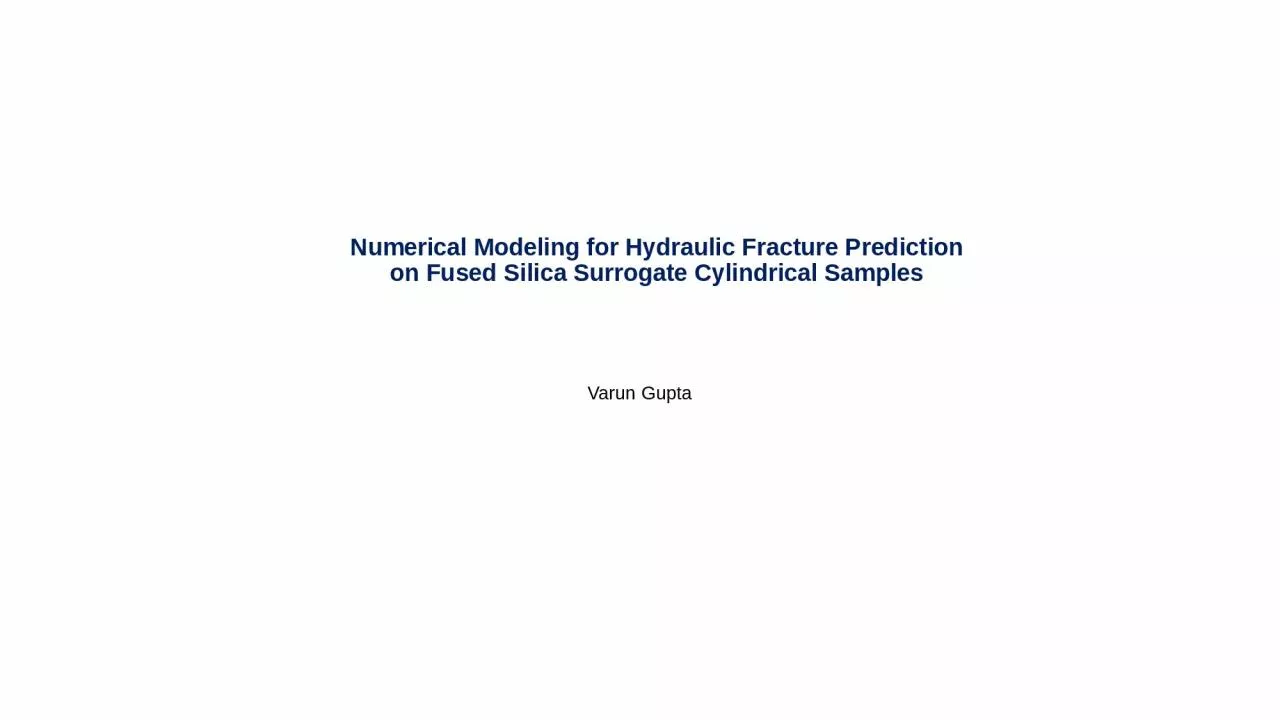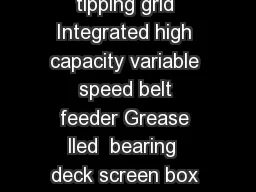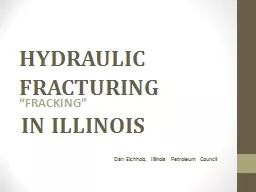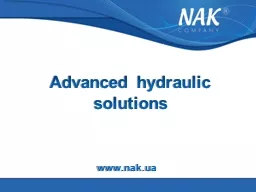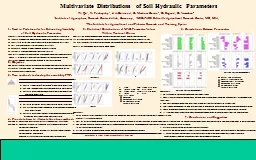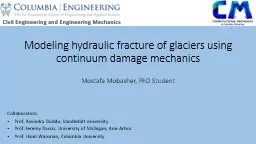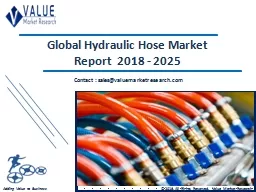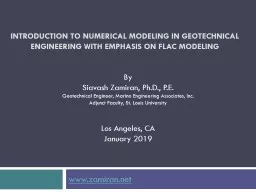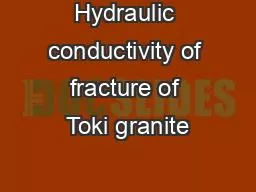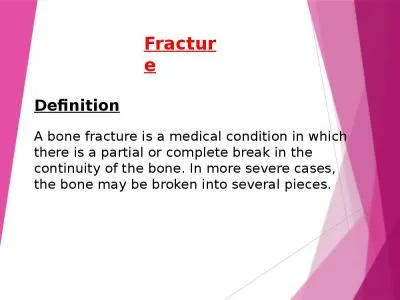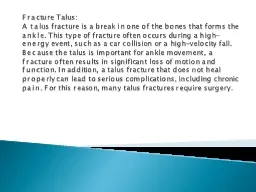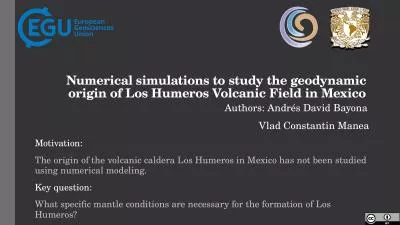PPT-Numerical Modeling for Hydraulic Fracture
Author : norah | Published Date : 2024-03-15
Prediction on Fused Silica Surrogate Cylindrical Samples Varun Gupta 508 mm 16 mm 254 mm 32 mm Geometry and Material Properties Material Fused Quartz Assumptions
Presentation Embed Code
Download Presentation
Download Presentation The PPT/PDF document "Numerical Modeling for Hydraulic Fractur..." is the property of its rightful owner. Permission is granted to download and print the materials on this website for personal, non-commercial use only, and to display it on your personal computer provided you do not modify the materials and that you retain all copyright notices contained in the materials. By downloading content from our website, you accept the terms of this agreement.
Numerical Modeling for Hydraulic Fracture: Transcript
Download Rules Of Document
"Numerical Modeling for Hydraulic Fracture"The content belongs to its owner. You may download and print it for personal use, without modification, and keep all copyright notices. By downloading, you agree to these terms.
Related Documents

